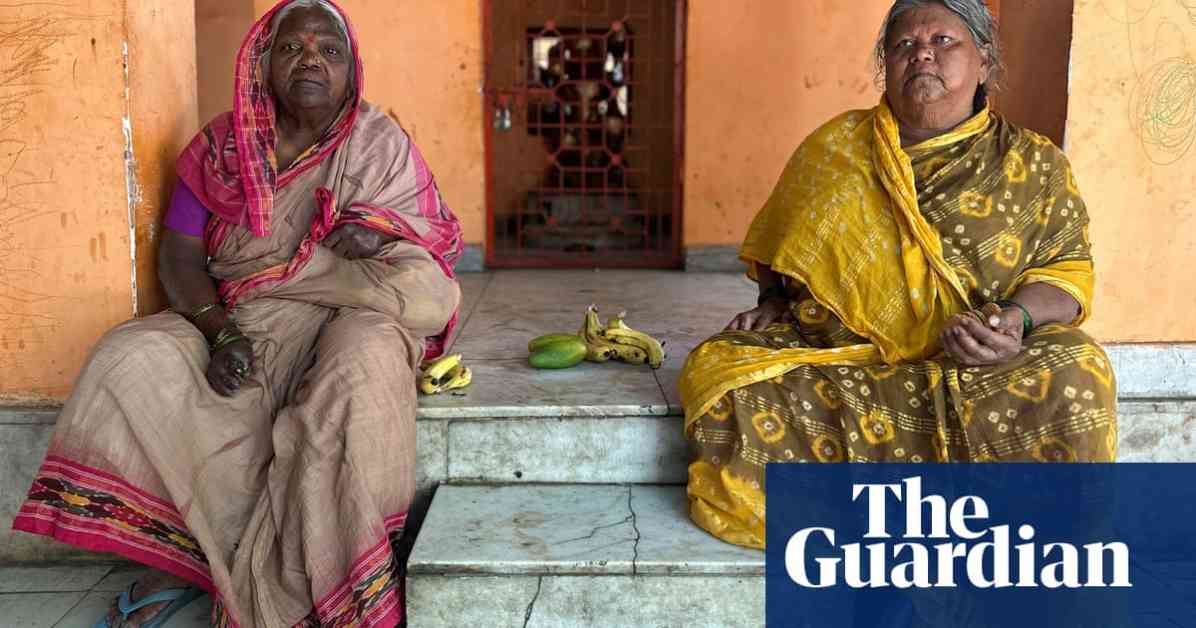Tanu Bai’s story sheds light on the challenges India faces in achieving its goal of eliminating leprosy by 2027. Despite the government’s ambitious Leprosy Mukt Bharat campaign, charity leaders and medical workers remain skeptical about the country’s ability to eradicate the disease.
Leprosy, also known as Hansen’s disease, is a chronic infectious disease that affects the skin, eyes, and peripheral nerves. While it is fully curable with early treatment, the stigma associated with the disease has persisted for centuries.
India celebrated a significant reduction in leprosy cases in 2005, leading the government to close leprosy-specific programs and assume that the healthcare system could handle the remaining cases. However, the lack of awareness, funding, and medical training has hindered efforts to eliminate leprosy.
Dr. Ritul Choudhary, a dermatologist in Delhi, believes that India’s 2027 goal is unrealistic without mobilizing the public and healthcare professionals. Many patients he sees have never heard of leprosy before their diagnosis, highlighting the need for increased awareness and education.
Prasant Naik, head of Lepra Society India, points out that resources for leprosy awareness have dwindled in recent years, leading to a lack of knowledge among medical professionals. This gap in training can result in misdiagnosis and further disease progression.
Vaccination campaigns, such as the MIP vaccine, have shown promise in preventing leprosy. However, plans for a vaccination rollout were interrupted by the Covid-19 pandemic. Despite these setbacks, experts like Vishwa Katoch remain hopeful that the government will intensify efforts to eliminate leprosy by 2027.
While there are concerns about undercounting leprosy cases to meet targets, Mohan Arikonda of Apal emphasizes the importance of accurate data collection at the grassroots level. Without proper recognition and reporting of leprosy cases, the goal of eradication may remain elusive.
Overall, the journey to eliminate leprosy in India by 2027 is fraught with challenges, but with increased awareness, training, and resources, there is hope for a future where this ancient disease is finally eradicated.










